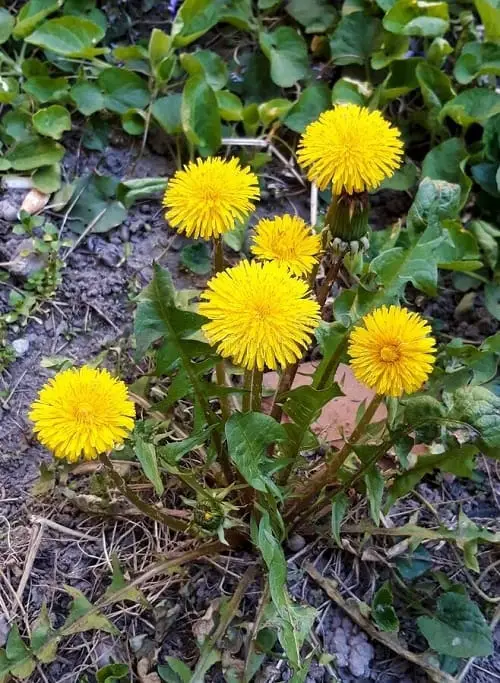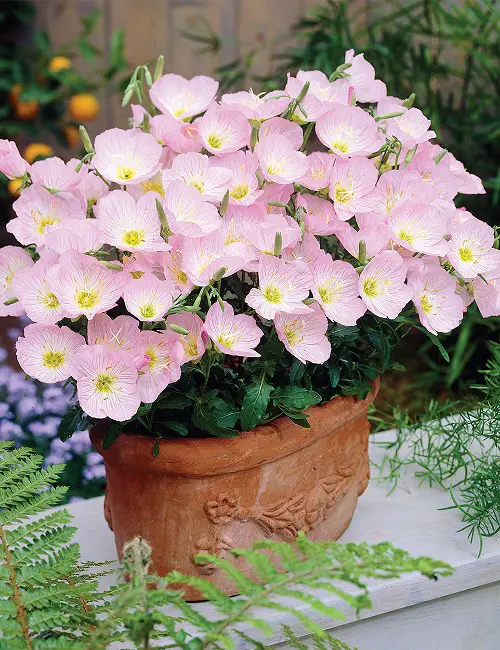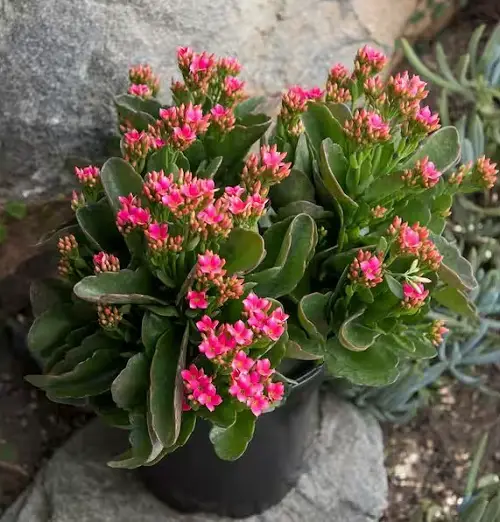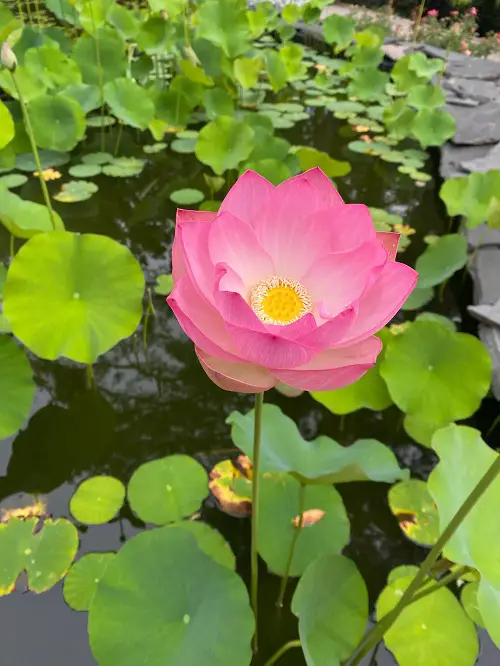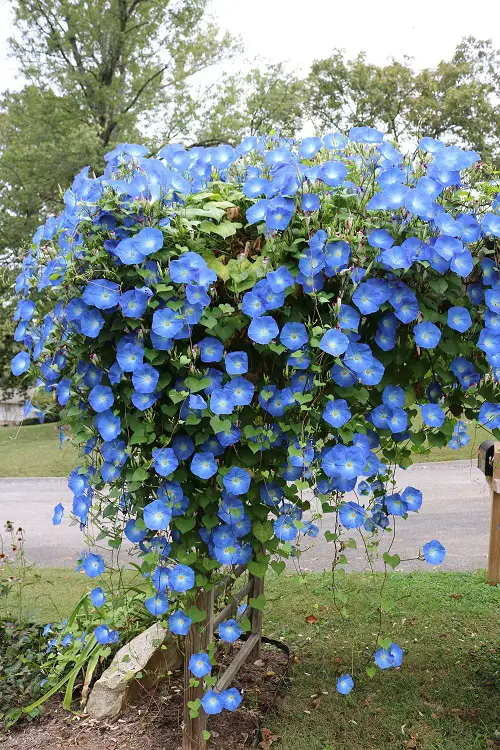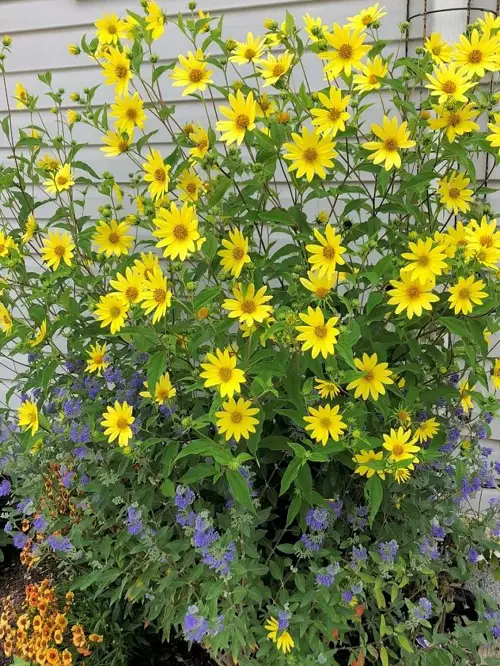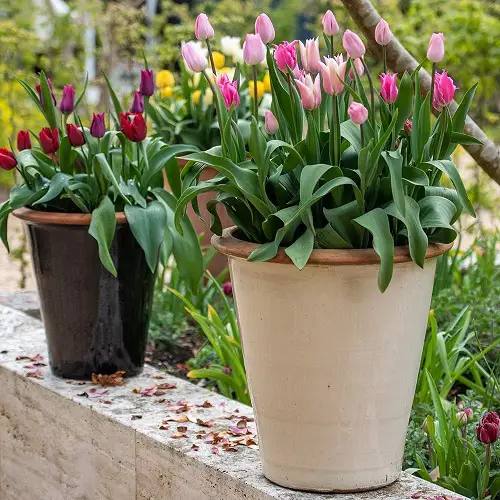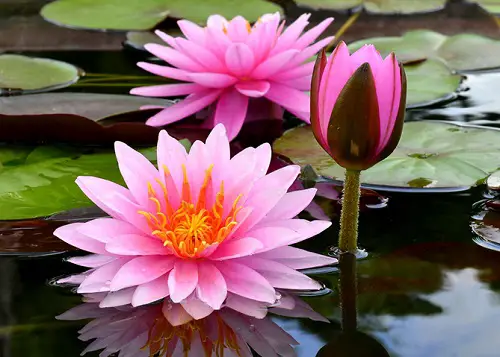Have you heard about the Flowers That Close At Night? This list will surely surprise you with the most beautiful ones!
Some plants have the ability to open and close in response to different environmental triggers, such as light or temperature. In this article, you can explore Flowers That Close At Night.
Flowers That Close At Night
1. African Daisies
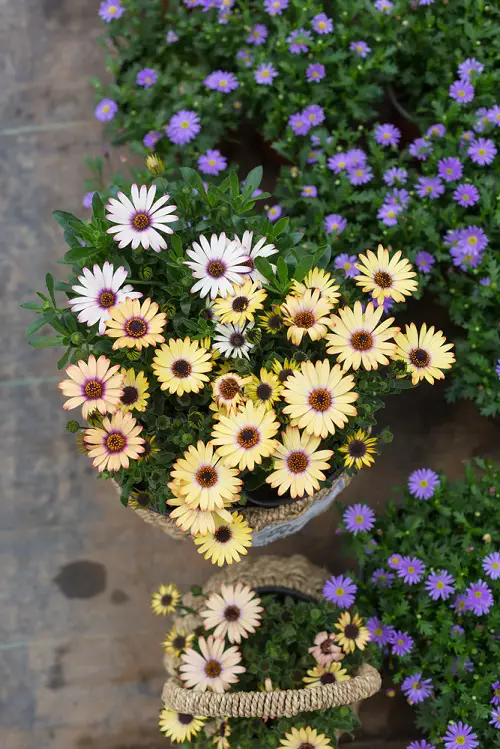
Botanical Name: Arctotis spp.
USDA Zones: 9-11
These annual or perennial plants display pretty daisy-like blooms with dark centers. The blossoms close their petals in dim lights during the evening and reopen in the early morning.
2. Crocus
Botanical Name: Crocus vernus
USDA Zones: 3-8
When the weather is warm, the crocus blooms open up and flaunts beautiful purple, yellow, or white petals. When the temperature drops, the flower closes up again.
3. Dandelion
Botanical Name: Taraxacum officinale
USDA Zones: 3-9
Dandelion flowers open in the sunlight and close in the evening or without sunlight. By closing the petals at night, they save energy and defend reproductive parts.
4. Evening Primrose
Botanical Name: Oenothera ‘Pink Petticoats’
USDA Zones: 4-9
The cup-shaped flowers open the blooms in the evening and close early in the morning. Some members of this genus open the blossoms during the evening so fast that you can notice it.
5. Gazanias
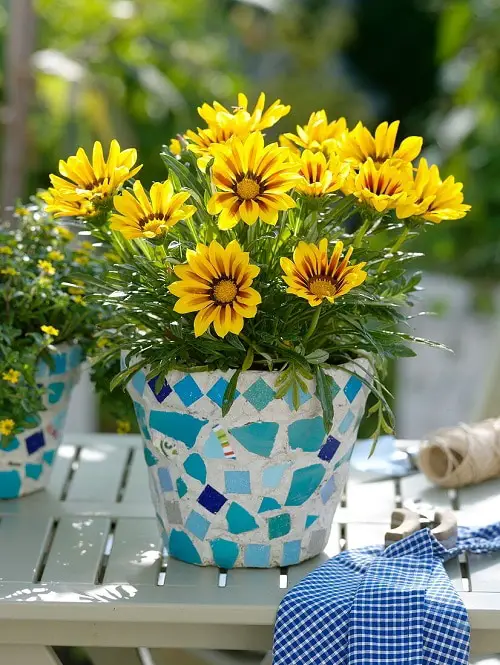
Botanical Name: Gazania spp.
USDA Zones: 9-11
Gazanias exhibit heliotropism, which means their flowers track the movement of the sun. When the light is low or on cloudy days, the petals close.
6. Kalanchoe
Botanical Name: Kalanchoe spp.
USDA Zones: 10-12
Kalanchoe flowers bend the petals upward and close in low-light conditions or during the evening hours. When the day approaches, the petals curve outwards and open.
7. Lotus
Botanical Name: Nelumbo nucifera
USDA Zones: 5-10
In the late evening, as daylight decreases, lotus flowers gradually close. The petals fold inward and upward and cover the reproductive structures of the flower.
8. Morning Glory
Botanical Name: Ipomoea spp.
USDA Zones: 2-11
Morning glory flowers remain fully open in the sunlight throughout the day. As daylight decreases, the flowers gradually close.
9. Poppy
Botanical Name: Papaver spp.
USDA Zones: 3-8
As the day progresses or after a day or two, the petals of the poppy flower begin to wither, curl, and fall off. This process is impacted by factors such as heat and direct sunlight.
10. Sunflowers
Botanical Name: Helianthus annuus
USDA Zones: 4-9
In the morning, young sunflowers generally face east to catch the first rays of the rising sun. By evening, they typically face westward, with their petal slightly closed.
11. Tulip
Botanical Name: Tulipa spp.
USDA Zones: 3-7
Tulip flowers exhibit nyctinasty, which induces them to open and close in response to changes in light and temperature.
As evening approaches and light levels decrease, tulip flowers start to close. The petals fold inward or partially close and form a more slender and elongated shape.
12. Water Lilies
Botanical Name: Nymphaea spp.
USDA Zones: 3-11
Water lily flowers usually open in the morning and close in the late afternoon or evening. This is primarily influenced by environmental factors such as temperature, light intensity, and the age of the flower.
13. Moss Rose

Botanical Name: Portulaca grandiflora
USDA Zones: 8-11
The rose-like blooms resemble popcorn kernels; they remain open in the bright sun and close at night and dark weather.
14. Day Blooming Cestrum
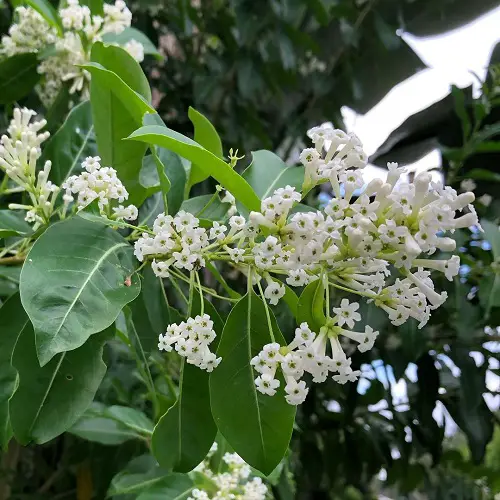
Botanical Name: Cestrum diurnum
USDA Zones: 8-11
While the flowers of Day Blooming Cestrum typically open during the day, they may start to close in the late afternoon or evening as the daylight decreases. This behavior is known as “diurnal closing.”



